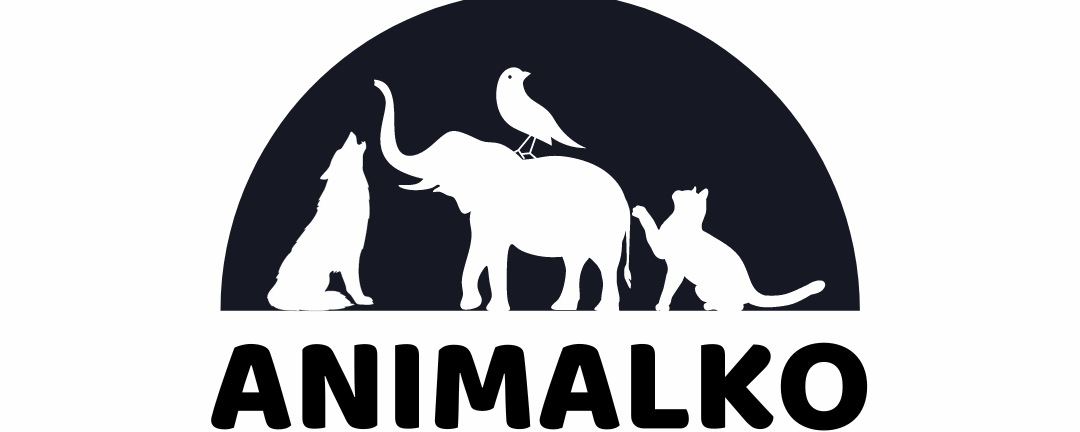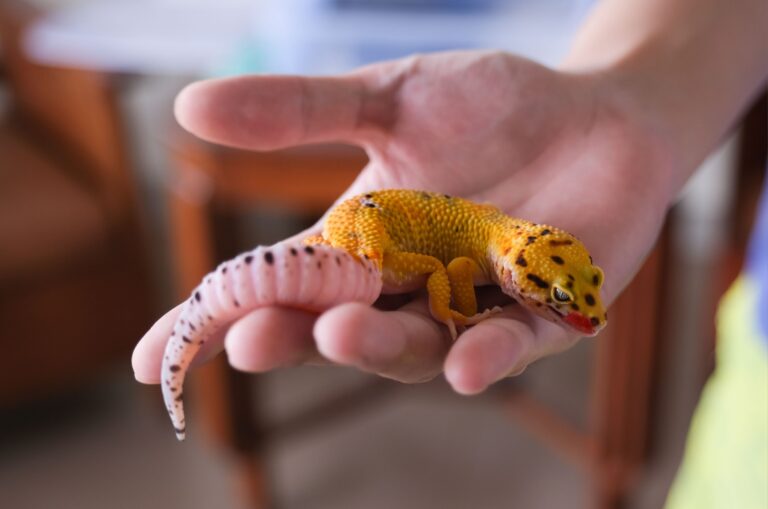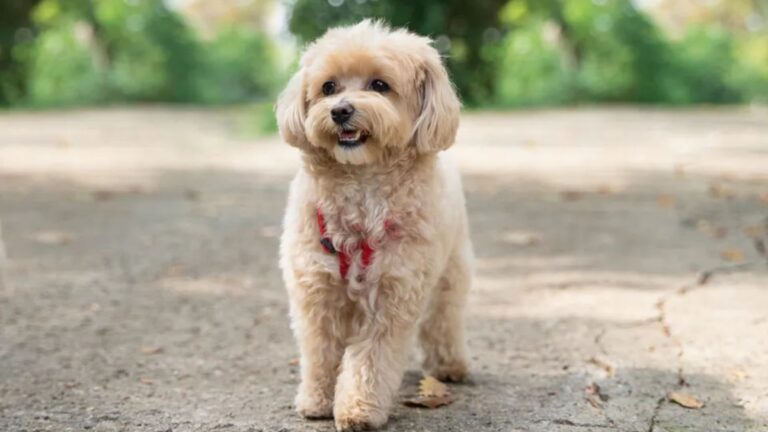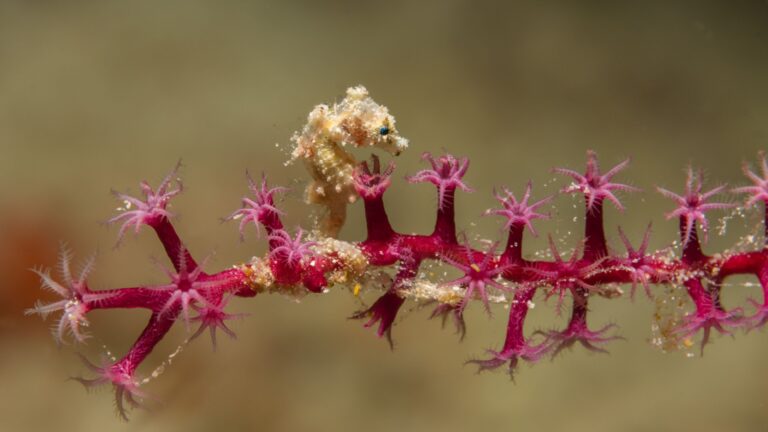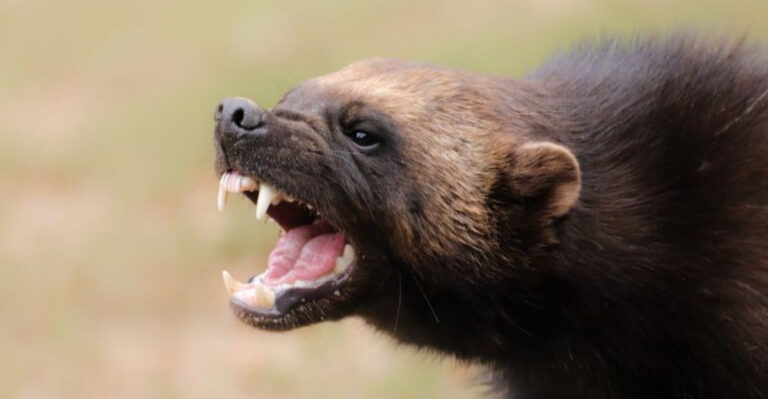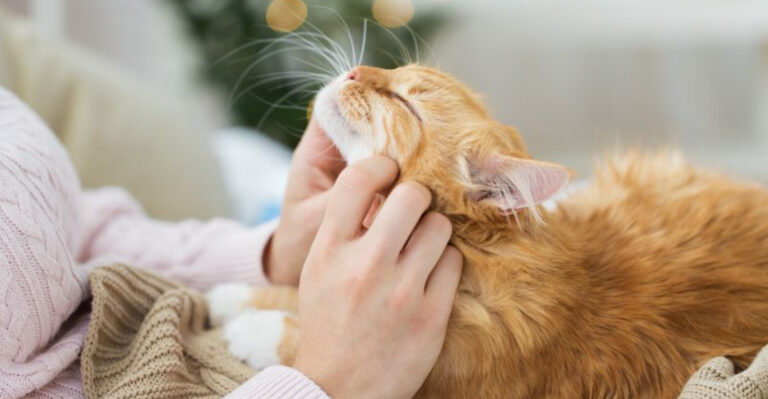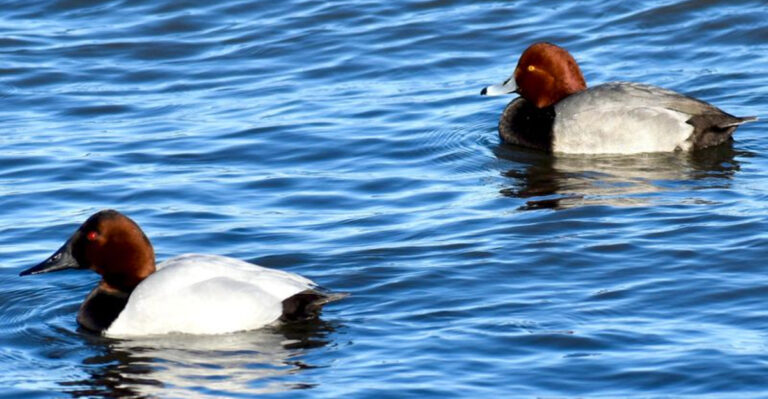19 Endangered Species That Prove Recovery Is Possible
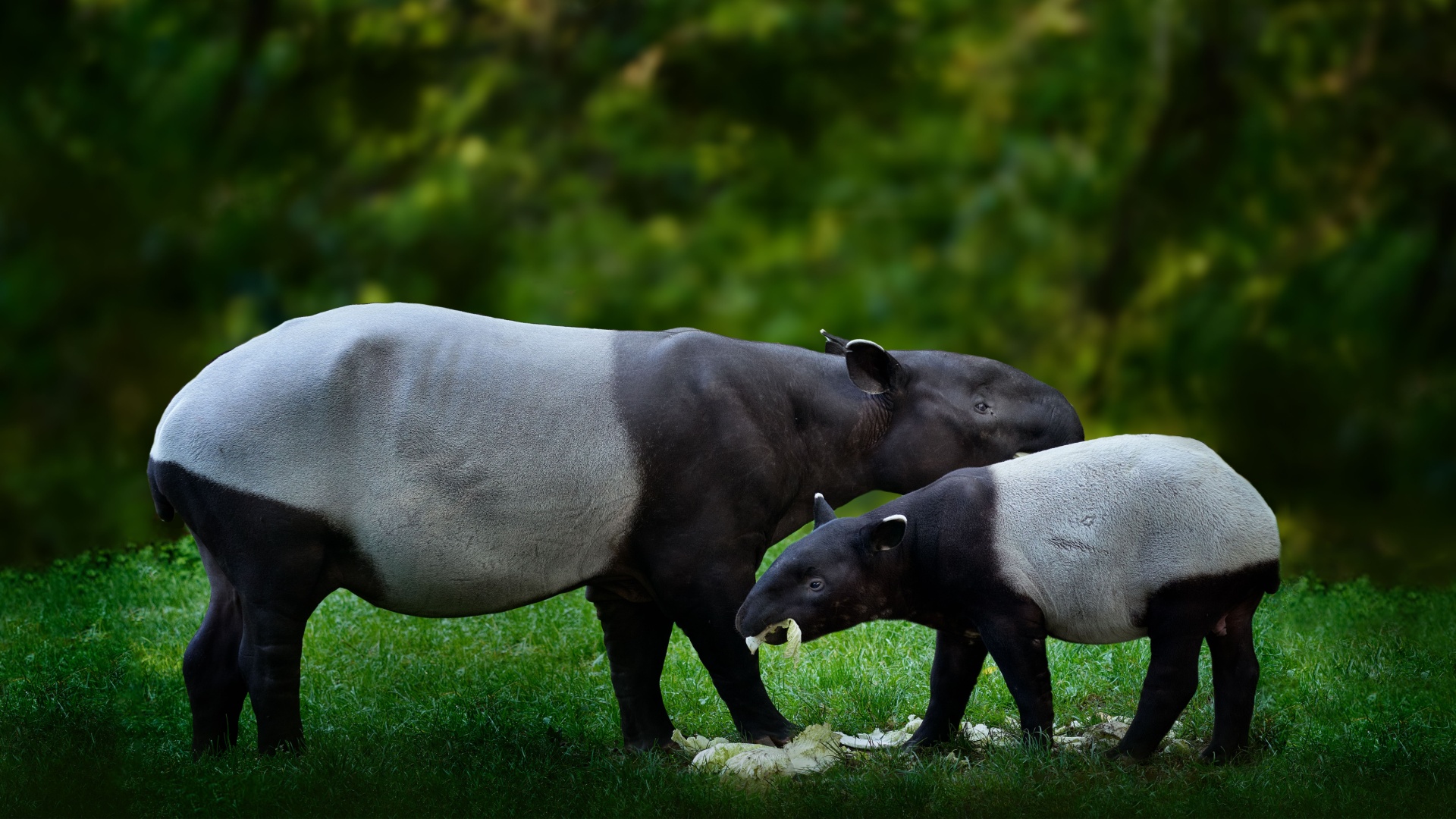
While many animal species are still fighting to survive today, some are making inspiring comebacks – all thanks to dedicated conservation efforts!
Today’s article highlights incredible species that were once on the brink of extinction but are now showing significant signs of recovery.
From the majestic African elephant to the resilient Southern white rhino, these animals represent both the vulnerability of nature and the power of human intervention.
Let’s discover together the stories behind their population rebounds and all the potential challenges they’re facing today.
1. African Elephant
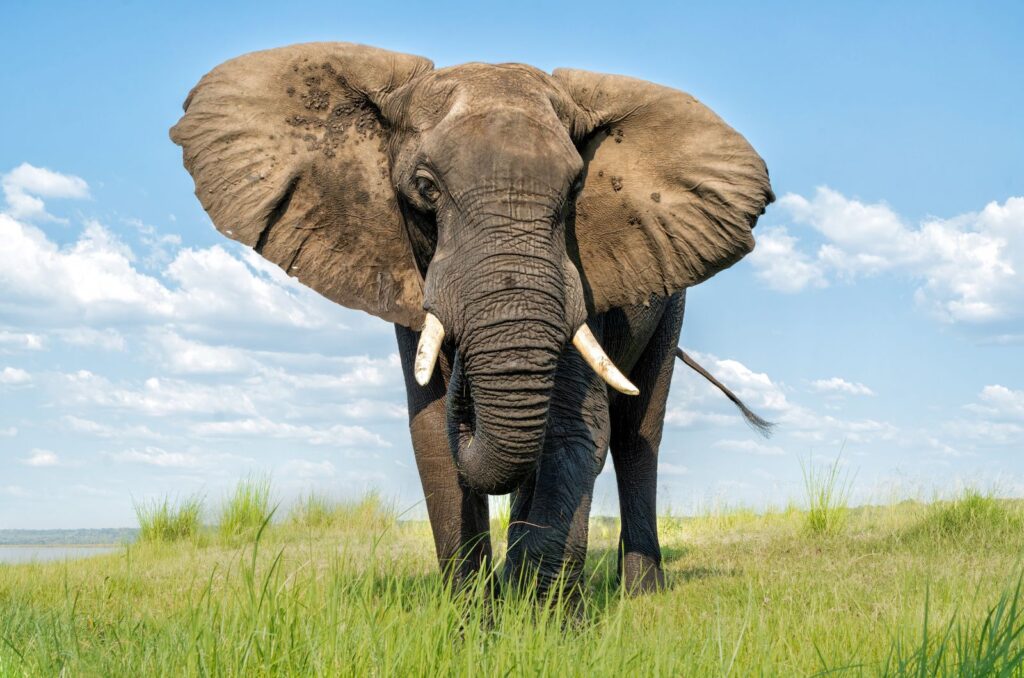
Credit: Shutterstock
We’re starting this list with everyone’s favorite gentle giants – African elephants.
As the largest land animals on Earth, African elephants face severe population declines due primarily to two major threats: poaching and habitat loss.
The International Union for Conservation of Nature (IUCN) has classified African savanna elephants (Loxodonta africana) as ‘endangered’ and African forest elephants (Loxodonta cyclotis) as ‘critically endangered.’
However, thanks to anti-poaching laws, the establishment of protected areas, and support from local communities that offer alternatives to poaching, there have been some encouraging signs regarding their conservation status.
2. American Alligator
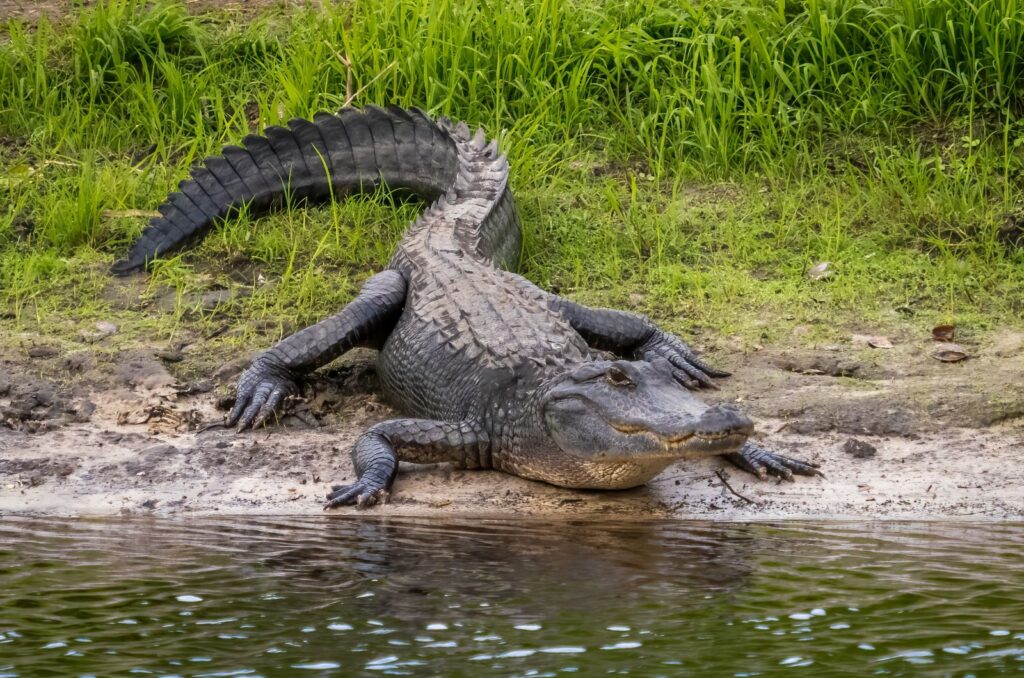
Credit: Shutterstock
In the 1960s, the American Alligator (Alligator mississippiensis) was nearly driven to extinction due to habitat loss and overhunting for their hides.
By 1967, it was listed as an endangered species, receiving full protection under the Endangered Species Act. This protection, coupled with habitat conservation efforts, helped their populations recover.
By 1987, their numbers had rebounded enough that they were removed from the endangered list.
Today, American Alligators are thriving across the southeastern USA, marking a major conservation success story.
3. Amur Leopard
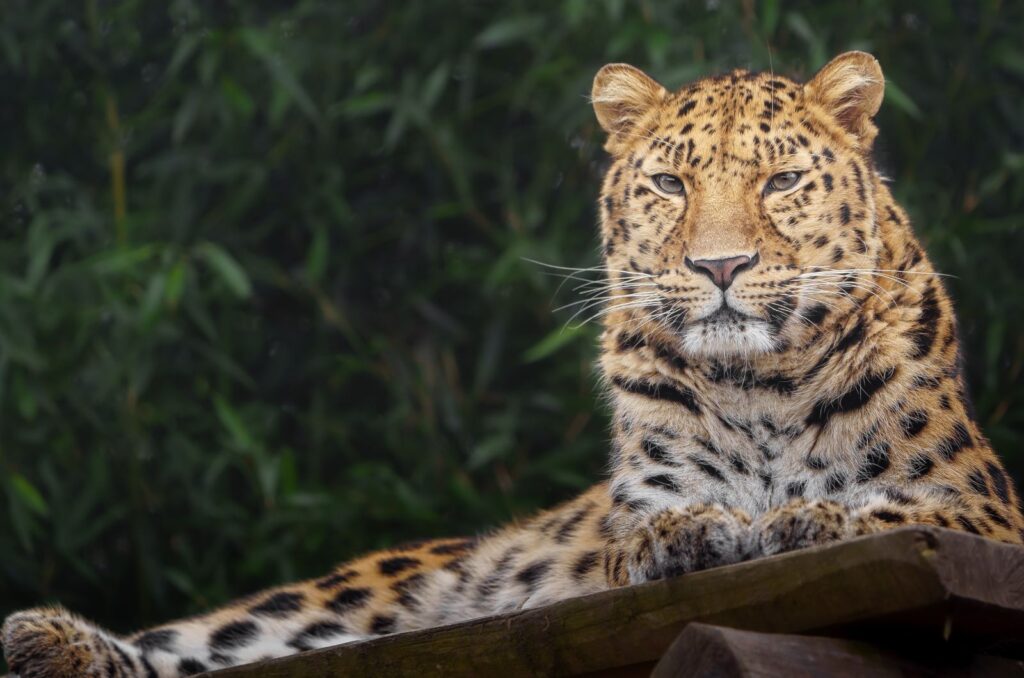
Credit: Shutterstock
One of the world’s rarest big cats, the Amur leopard (Panthera pardus orientalis) faces severe threats from poaching, habitat loss, and human-wildlife conflict.
As a result, this wild feline is considered critically endangered, with only about 100 individuals remaining in the wild.
However, efforts such as anti-poaching patrols, habitat restoration, and cross-border cooperation between Russia and China – the leopard’s native countries – have led to a slight population increase.
These efforts are showing hopeful signs for the Amur leopard’s potential recovery.
4. Arctic Fox
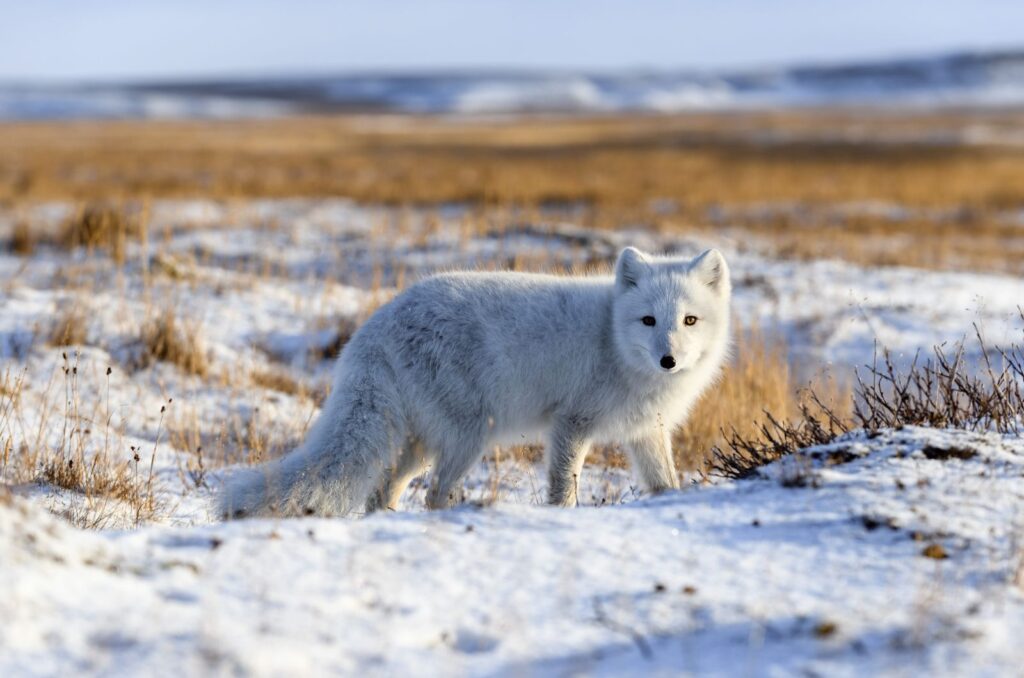
Credit: Shutterstock
The Arctic fox (Vulpes lagopus), adapted to frigid climates, is usually classified globally as ‘least concern.’
However, in some regions like Scandinavia, it faces endangerment due to climate change, habitat loss, and competition from red foxes.
In response, measures such as breeding programs, supplemental feeding, and red fox control have been implemented where Arctic foxes are most vulnerable.
While these efforts have aided recovery in some populations, significant challenges remain.
5. Beaver
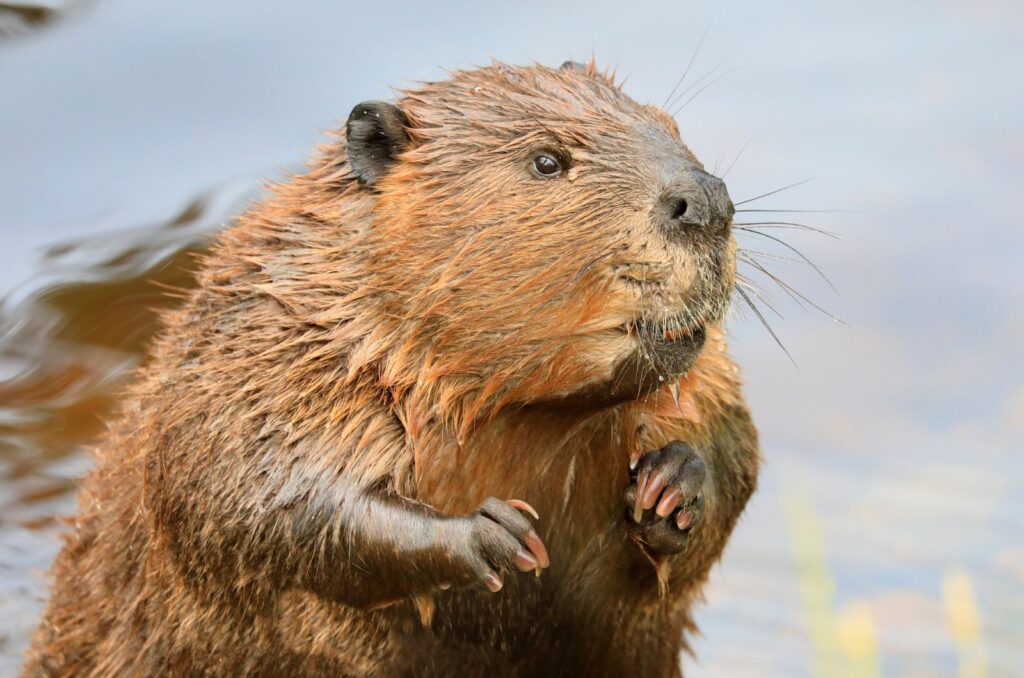
Credit: Shutterstock
Who would have thought beavers would find themselves on this list? Certainly not me!
Once nearly driven to extinction due to habitat loss and overhunting for their fur, beavers have made a remarkable comeback, thanks to conservation laws, habitat restoration, and reintroduction programs.
Today, the North American beaver (Castor canadensis) is classified as ‘least concern’ while the Eurasian beaver (Castor fiber) is no longer considered endangered.
Their dams are now celebrated for boosting biodiversity and improving water quality
6. Black Rhino
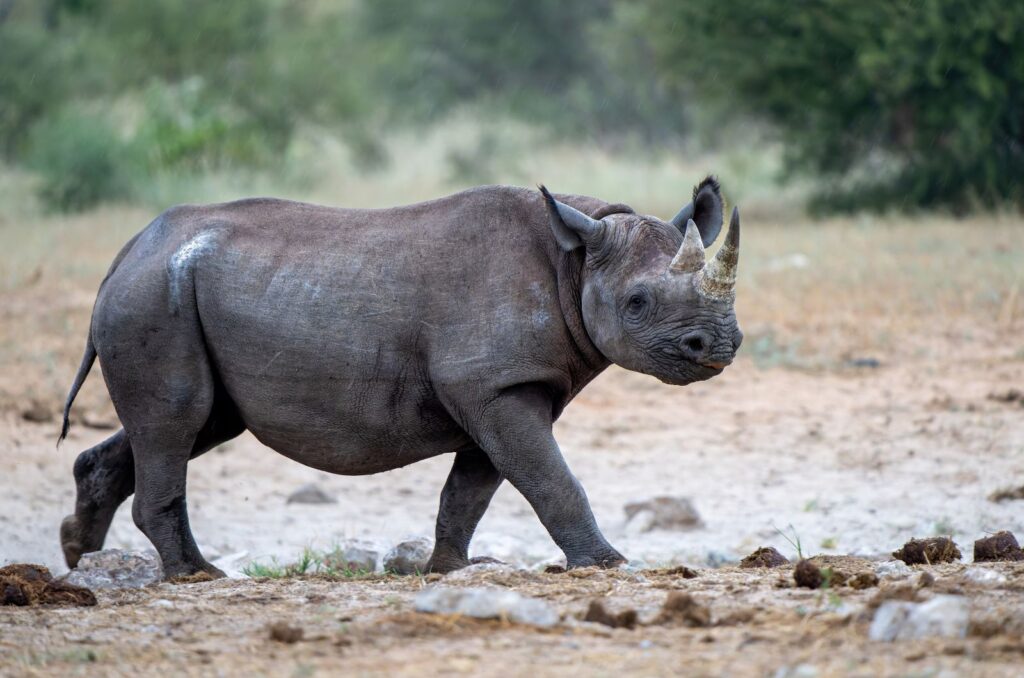
Credit: Shutterstock
The black rhino (Diceros bicornis) is another animal brought to near extinction due to extensive poaching and habitat loss.
Despite the risk of extinction, intense conservation efforts have led to a gradual increase in their numbers in recent years.
Organizations and governments are working diligently to protect black rhinos through partnerships with local rangers, round-the-clock surveillance, and community engagement.
Although they remain at high risk, the significant population growth over the past decade offers a hopeful sign of potential recovery.
7. Black-Footed Ferret
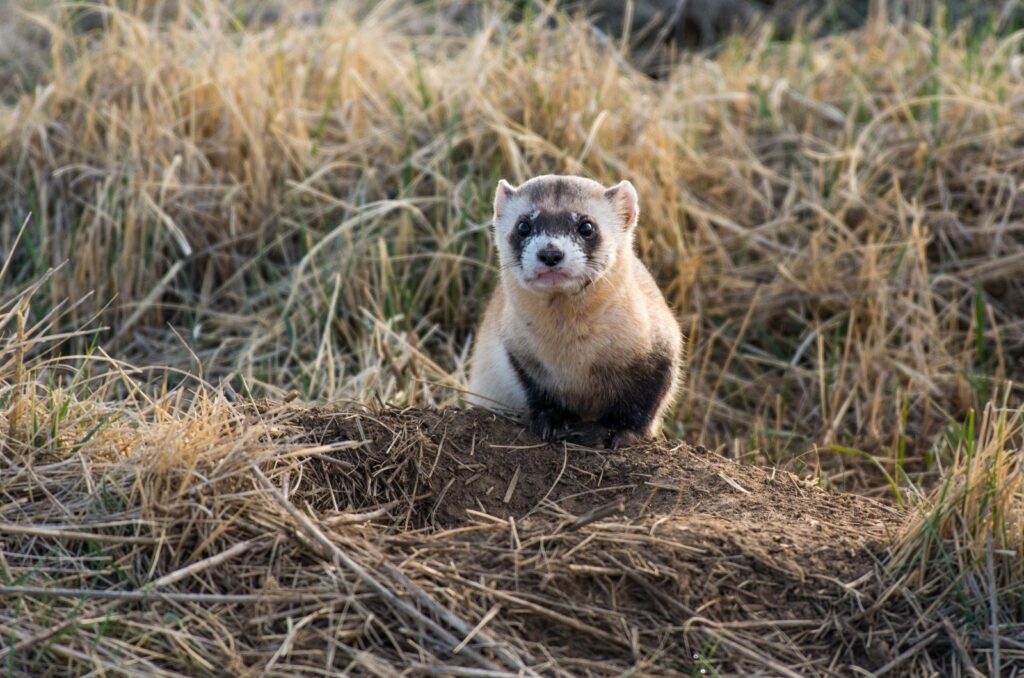
Credit: Shutterstock
The black-footed ferret (Mustela nigripes) was once considered extinct until a rediscovery in Wyoming, USA, in 1981 sparked extensive conservation efforts.
These efforts included captive breeding programs and reintroductions into protected areas, leading to a gradual recovery of the population.
Today, black-footed ferrets are successfully being reintroduced across various parts of North America.
Despite these successes, they remain vulnerable and require continued management.
8. California Condor

Credit: Shutterstock
In the 1980s, the California condor (Gymnogyps californianus) was on the brink of extinction, with only 27 individuals remaining due to poaching, habitat destruction, and lead poisoning from ingesting bullet fragments.
In a bold and controversial move, wildlife authorities decided to capture the last remaining wild condors in 1987 to initiate a captive breeding program.
This crucial intervention sparked a dramatic recovery, and today, over 300 California condors are living in the wild across California, Arizona, and Utah.
While still considered endangered, their comeback stands as a powerful testament to the success of dedicated and intensive conservation efforts.
9. Green Sea Turtle
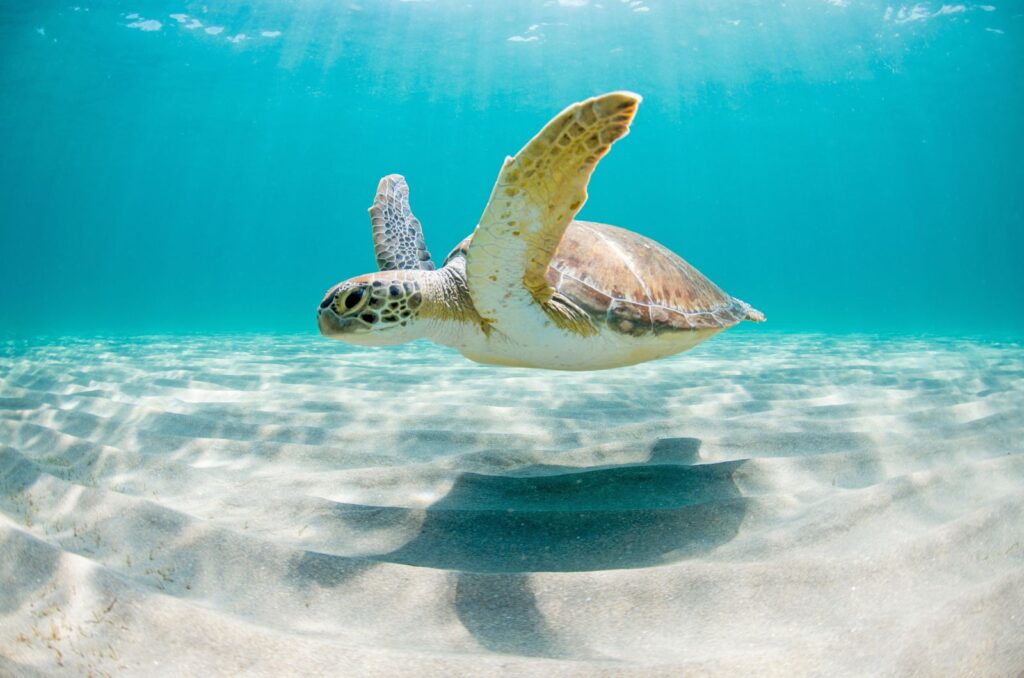
Credit: Shutterstock
After facing critical endangerment due to habitat loss and overexploitation of their meat, shells, and eggs, the Green sea turtle (Chelonia mydas) has shown encouraging signs of recovery.
Protective measures such as the enforcement of nesting site protection, hunting bans, and the establishment of marine protected areas have played a crucial role in stabilizing their populations.
While still endangered in many parts of the world, Green sea turtle numbers are on the rise, especially in regions with robust conservation efforts.
10. Humpback Whale

Credit: Shutterstock
The Humpback whale (Megaptera novaeangliae), once severely endangered due to excessive hunting, has rebounded significantly following the global whaling ban in 1966 and extensive conservation efforts.
Today, they are listed as ‘least concern’ and their numbers are stable in many regions, with some populations even returning to pre-whaling levels.
11. Peregrine Falcon

Credit: Shutterstock
The Peregrine falcon (Falco peregrinus) was once critically endangered due to widespread poisoning from dichlorodiphenyltrichloroethane, commonly known as DDT.
DDT led to the thinning of their eggshells, which drastically reduced their reproduction success.
Listed as an endangered species in 1973, these birds have made a remarkable recovery thanks to the US ban on DDT and successful captive breeding programs.
Today, the Peregrine falcon is no longer considered endangered and is globally listed as a species of ‘least concern.’
12. Saiga Antelope
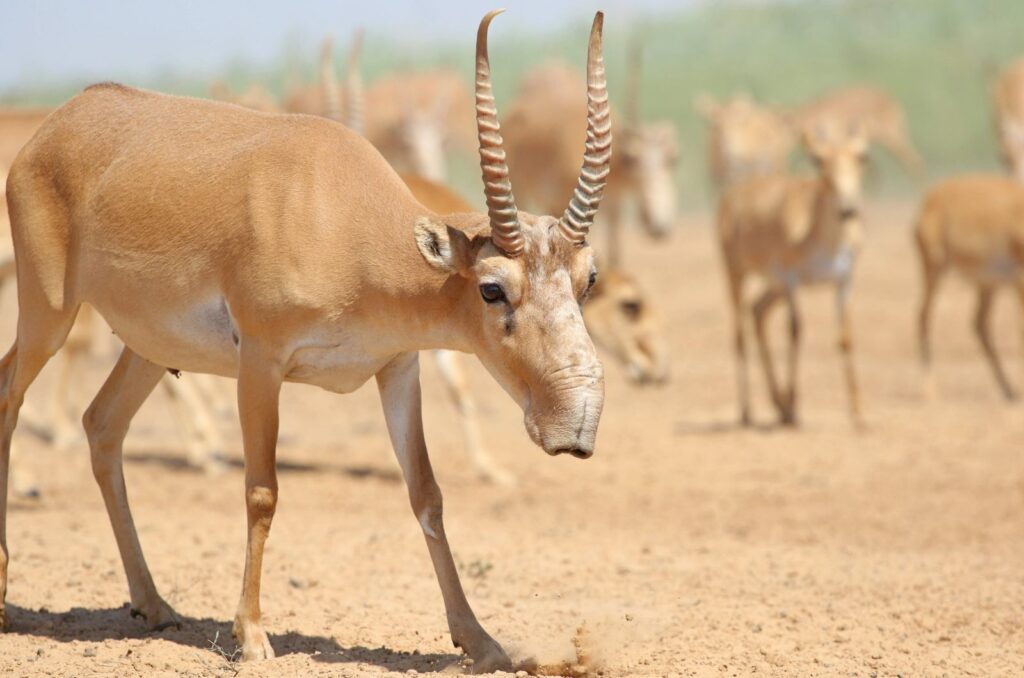
Credit: Shutterstock
The Saiga antelope (Saiga tatarica) was driven to the brink of extinction due to habitat loss as well as poaching for its meat and horns.
Additionally, a mysterious disease outbreak in 2015 wiped out about 60% of the global Saiga antelope population.
Thanks to concerted conservation efforts, including habitat restoration, anti-poaching initiatives, and disease management, their numbers are beginning to recover.
Saiga antelopes are now protected in several areas worldwide, and successful breeding programs are aiding in rebuilding their populations.
13. Sea Otter

Credit: Shutterstock
Once on the brink of extinction due to overhunting for their fur in the 18th and 19th centuries, Sea otters (Enhydra lutris) have made a significant recovery.
The establishment of marine protected areas and legal protections has enabled their populations to rebound, particularly along the coasts of Alaska and California.
Today, although sea otters are enjoying the benefits of their recovery, they remain vulnerable to oil spills, habitat degradation, and entanglement in fishing gear. Ongoing conservation efforts are vital to ensuring their continued survival.
14. Snow Leopard
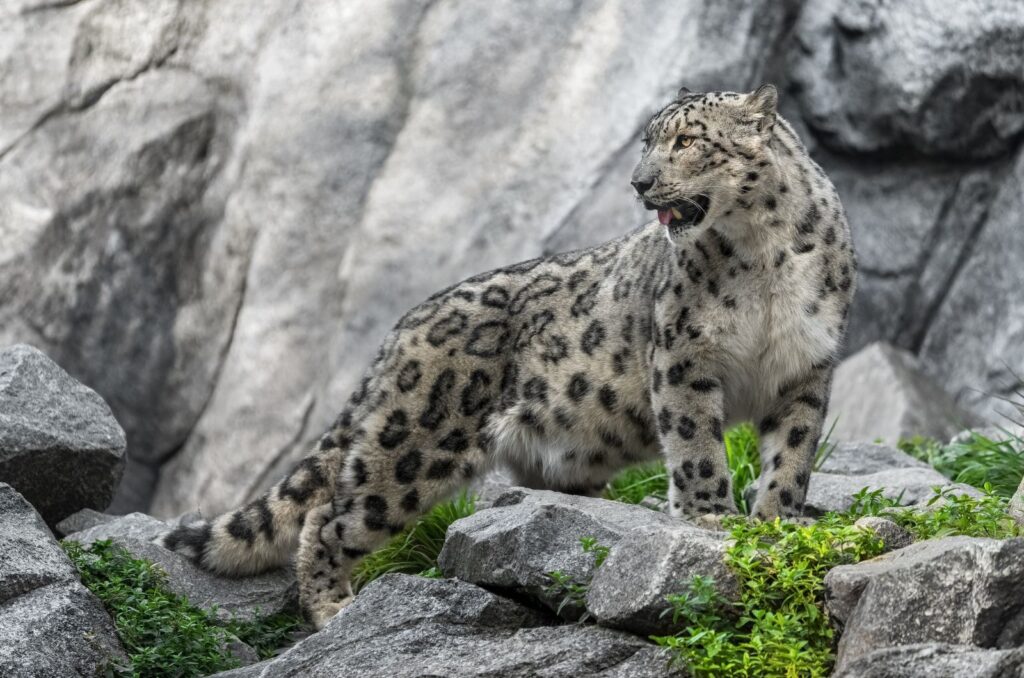
Credit: Shutterstock
In the past, the Snow leopard (Panthera uncia) population faced significant threats from poaching for their beautiful fur, habitat loss, and retaliation hunting by herders due to livestock predation.
Today, these magnificent wild cats are classified as ‘vulnerable’ on the IUCN Red List, with an estimated 4,000 to 6,500 individuals remaining in the wild.
Anti-poaching measures, wildlife monitoring, and community-based initiatives, along with habitat protection through the establishment of national parks and conservation areas, have helped stabilize their populations in native countries.
Challenges remain, but the snow leopard’s numbers are slowly improving thanks to these ongoing efforts.
15. Southern White Rhino

Credit: Shutterstock
In the early 1900s, the Southern white rhino (Ceratotherium simum simum) was nearly extinct, with only about 100 individuals remaining in South Africa due to poaching and habitat loss.
Thanks to concerted conservation efforts – including anti-poaching measures, habitat protection, and carefully managed breeding programs – the population has made a remarkable recovery.
Today, with over 18,000 individuals, the Southern white rhino is classified as ‘near threatened’ on the IUCN Red List, marking a significant improvement.
16. Bald Eagle
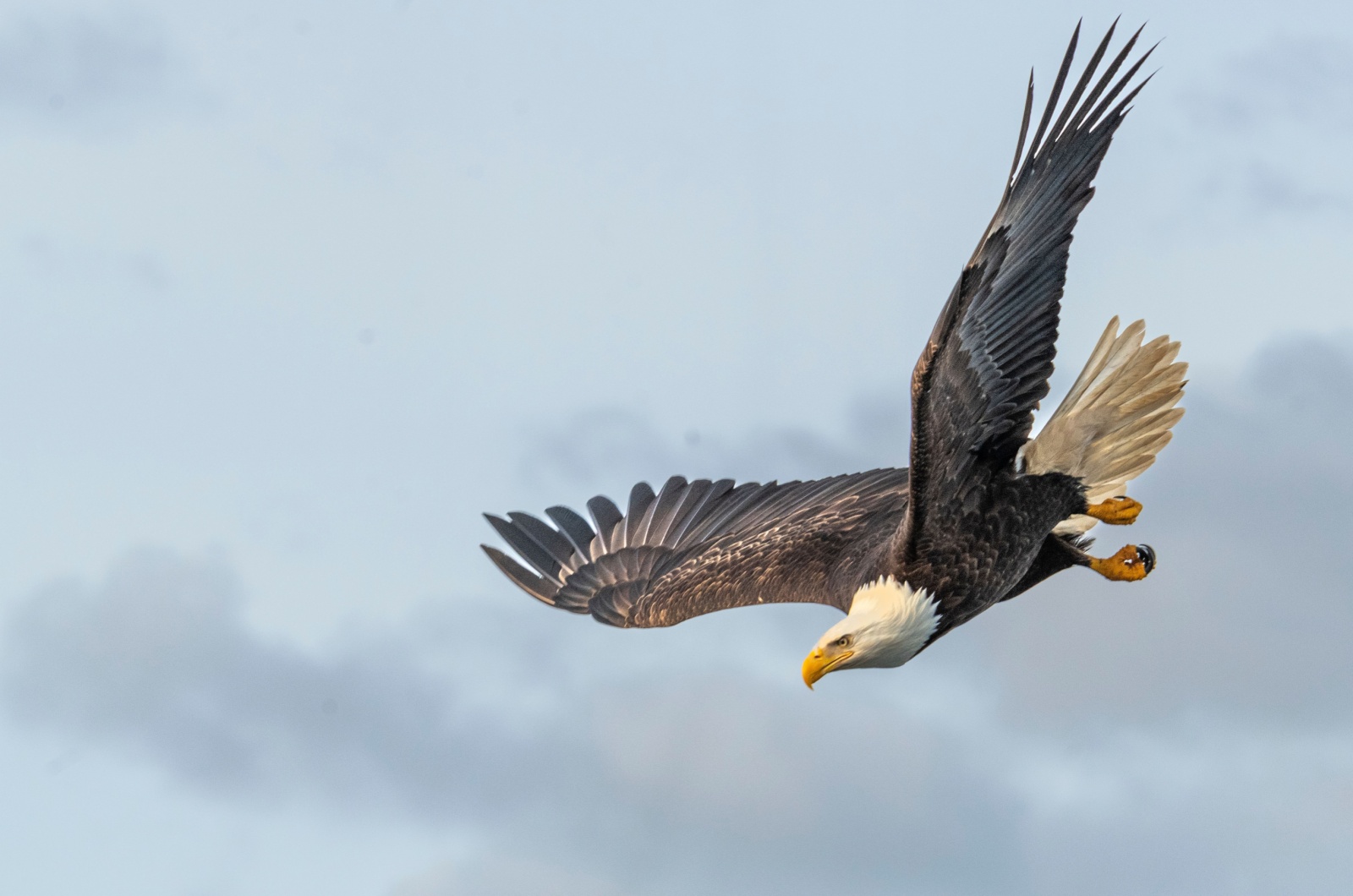
Credit: Shutterstock
America’s national bird, was once on the brink of extinction due to habitat loss, hunting, and the use of DDT pesticides, which weakened their eggshells and drastically reduced their numbers.
By the 1960s, there were fewer than 500 nesting pairs in the lower 48 states, a heartbreaking decline for such a majestic symbol. However, thanks to the banning of DDT, legal protections under the Endangered Species Act, and dedicated conservation efforts, the bald eagle has made a remarkable comeback.
Today, there are over 71,000 nesting pairs, a testament to the power of focused action and public awareness. Spotting a bald eagle soaring high above is now a thrilling reminder that even our most endangered wildlife can recover with the right care.
Their comeback story is one of hope, resilience, and the incredible impact of conservation efforts.
17. Arabian Oryx
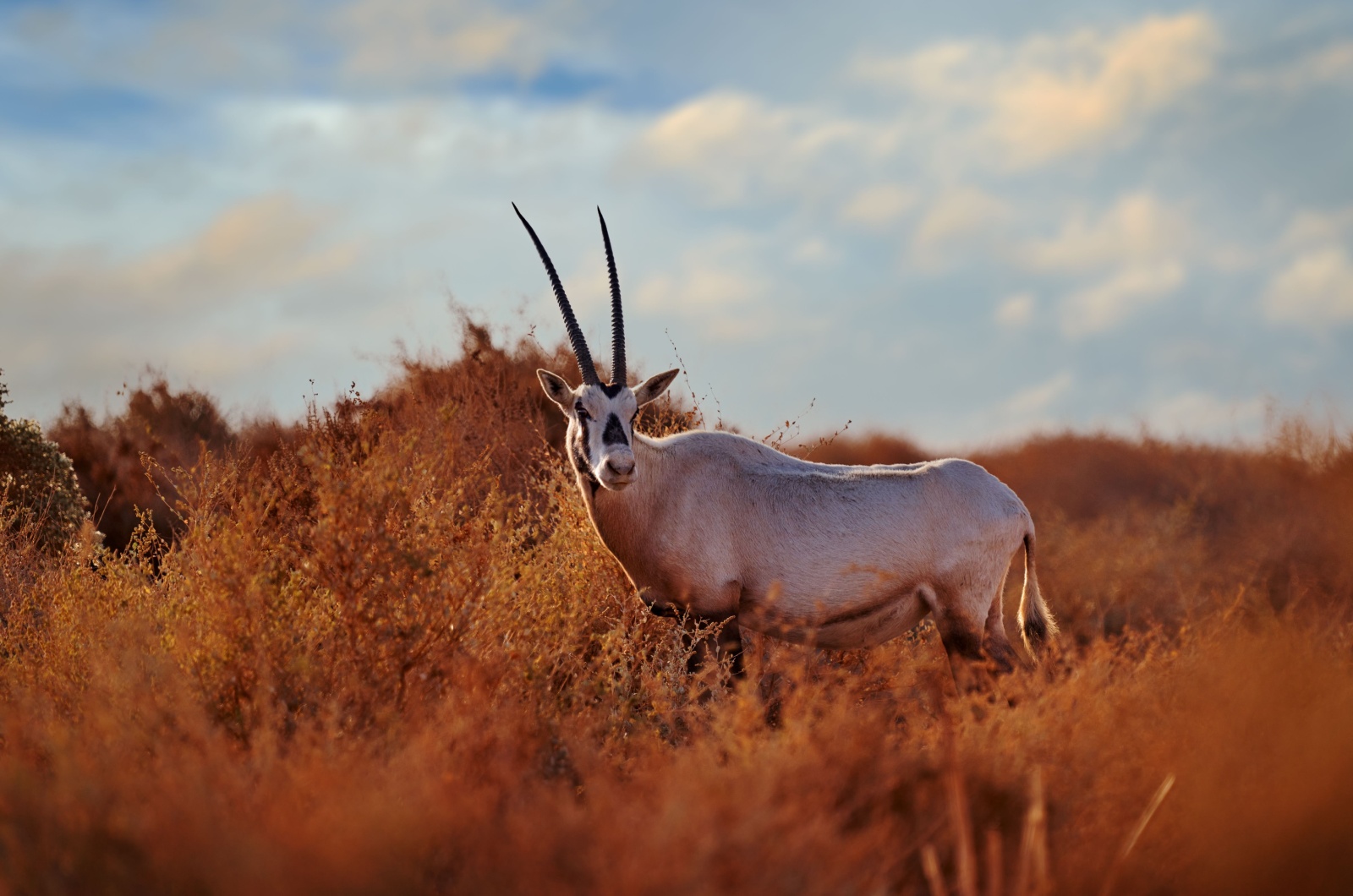
Credit: Shutterstock
The Arabian oryx, with its striking white coat and elegant, spear-like horns, is a true desert survivor that almost vanished from the wild. By the early 1970s, relentless hunting and habitat loss had driven this beautiful antelope to extinction in its natural habitat.
Thankfully, conservationists stepped in with bold captive breeding and reintroduction programs, giving the Arabian oryx a second chance.
Today, more than 1,000 roam free across the Arabian Peninsula, with another 7,000 thriving in managed reserves.
Their comeback is a shining example of how collective action can bring a species back from the brink. Seeing them roam the desert once again is a reminder of nature’s resilience and humanity’s ability to make a difference.
18. Malayan Tapir
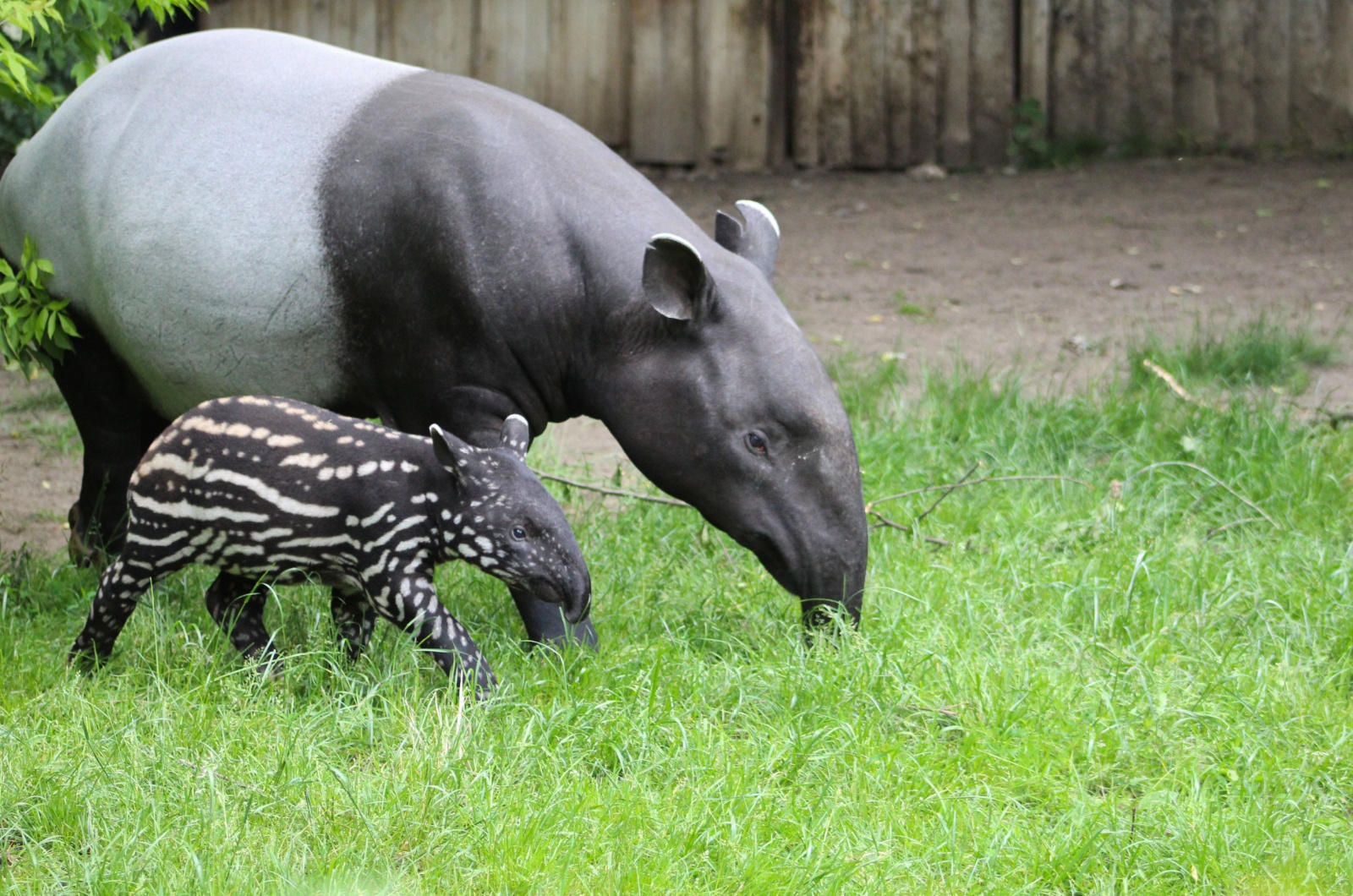
Credit: Shutterstock
The Malayan Tapir is the largest of the four tapir species and is known for its distinctive black-and-white coloration, which helps it camouflage in dense forests.
Native to Malaysia, Thailand, Sumatra, and Myanmar, this fascinating creature has been facing severe threats due to deforestation, illegal hunting, and habitat fragmentation.
As rainforests have been cleared for agriculture and urbanization, Malayan Tapir populations declined drastically.
However, conservation efforts, including the creation of protected wildlife corridors and national parks, have helped stabilize some populations.
Conservationists have also implemented monitoring programs and anti-poaching initiatives to safeguard remaining tapirs in the wild. In areas like Sumatra’s Thirty Hills, habitat restoration projects have provided these animals with a safe environment to repopulate.
Although the Malayan Tapir is still classified as Endangered, its slow but steady recovery offers hope for the future and highlights the importance of forest preservation and wildlife protection.
19. Fen Raft Spider

Credit: Shutterstock
The Fen Raft Spider is a semi-aquatic, rare species of spider that was once on the verge of extinction due to habitat destruction and pollution.
Native to wetlands and marshes across Europe and the UK, this large spider is an expert hunter, using its ability to walk on water to catch prey like insects and small fish. However, due to the draining of wetlands for agriculture and development, their populations dwindled significantly.
Conservationists took action by reintroducing the species into carefully protected wetland reserves and restoring natural habitats. These efforts proved successful, and today, Fen Raft Spider numbers have significantly increased in the UK and parts of Europe.
Additionally, captive breeding programs and habitat preservation initiatives have helped ensure their continued survival. The Fen Raft Spider’s comeback proves that wetland conservation can be highly effective in protecting vulnerable species.
